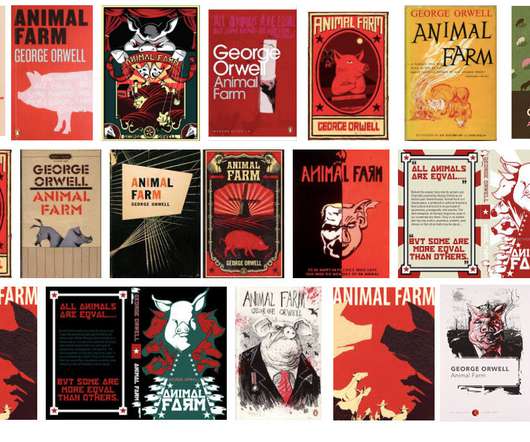Patrick Thomas & his PULP silkscreen prints respond to the era of "truth decay"
Type room
OCTOBER 7, 2019
Since then he has exhibited his limited-editions across five continents, where many are now held in private and public collections. In April 2018 he was interviewed on BBC Radio 4 Front Row about his public installation Breaking News. . A—Z is an initiative of book designer Anja Lutz and The Green Box – Kunst Editionen.














Let's personalize your content